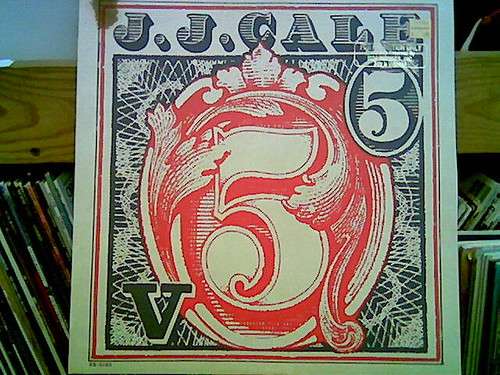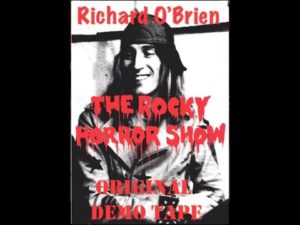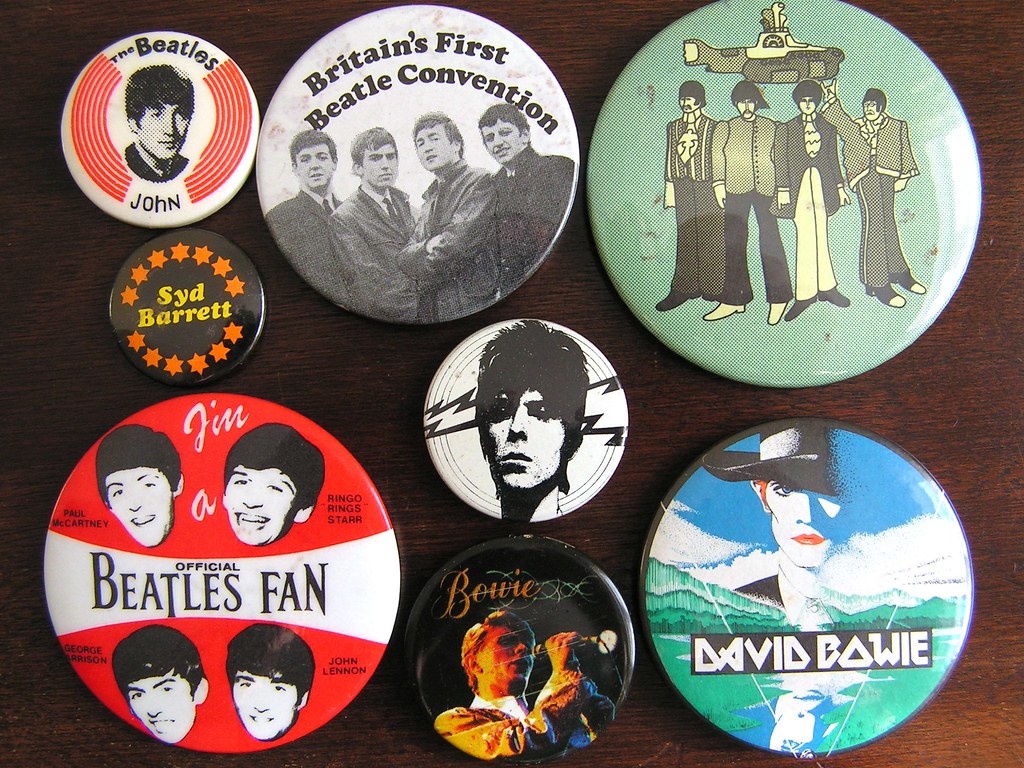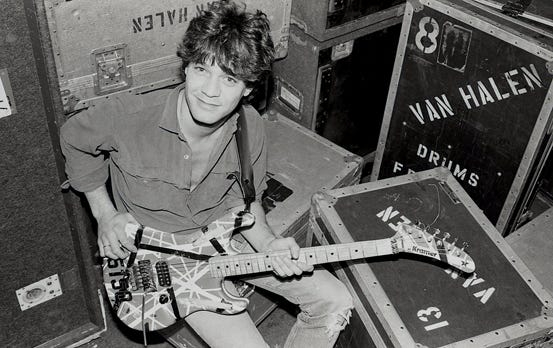JJ Cale, was a legendary musician, who left an indelible mark on the music world with his unique guitar playing. He was known for his soulful blues and rock sound, which captivated audiences worldwide. Some of his best songs include “Cocaine,” “After Midnight,” and “Call Me the Breeze,” which showcase his incredible talent and songwriting skills.
- His guitar playing: Cale was a master of the electric guitar, and his playing was characterized by its simplicity, groove, and soulfulness. He was known for his use of bottleneck slide guitar, which gave his music a distinctive sound.
- His songwriting: Cale was a prolific songwriter, and his songs were often characterized by their simple, yet effective lyrics and melodies. His songs often dealt with themes of love, loss, and the human condition.
- His influence on other musicians: Cale’s music influenced a wide range of musicians, including Eric Clapton, Lynyrd Skynyrd, Tom Petty, The Grateful Dead, and many others. His songs have been covered by countless artists, and his music continues to inspire musicians today.
Here are some specific examples of how J.J. Cale’s music influenced other musicians:
- Eric Clapton covered Cale’s song “After Midnight” on his 1970 self-titled album. The song became a major hit, and it helped to introduce Cale’s music to a wider audience.
- Lynyrd Skynyrd covered Cale’s song “Call Me the Breeze” on their 1974 album Second Helping. The song became a Southern rock anthem, and it helped to cement Cale’s reputation as a songwriter.
- Tom Petty covered Cale’s song “Cocaine” on his 1985 album Southern Accents. The song became a major hit, and it helped to introduce Cale’s music to a new generation of fans.
“Call Me the Breeze” is a song written by J.J. Cale and released in 1972. It is a classic rock song that has been covered by numerous artists over the years. The song features a catchy guitar riff and a laid-back, bluesy feel. The lyrics tell the story of a free-spirited individual who enjoys the freedom of the open road. With its infectious groove and memorable melody, “Call Me the Breeze” has become a beloved classic in the rock genre.
J.J. Cale’s version of “Call Me the Breeze” showcases his unique musical style. Known for his distinctive guitar playing and smooth vocals, Cale brings a cool and relaxed vibe to the song. The guitar riff that opens the track immediately grabs the listener’s attention and sets the tone for the rest of the song. Cale’s laid-back delivery and effortless phrasing perfectly complement the lyrics, creating a sense of freedom and carefree spirit.
Over the years, “Call Me the Breeze” has been covered by numerous artists, including Lynyrd Skynyrd and Eric Clapton. Each artist brings their own interpretation to the song, adding their own unique flair while staying true to the spirit of the original. The song’s timeless appeal and universal themes of freedom and adventure continue to resonate with listeners today. Whether you’re cruising down the highway or simply looking for a song to lift your spirits, “Call Me the Breeze” is sure to deliver.
More on The Albums Of JJ Cale can be heard below but if you want to have a look at these best songs of JJ Cale and Why? they are Cales best tunes. It opens in a new tab so you can read it later.
Which Guitars Did JJ Cale Play?
When it comes to guitars, JJ Cale played a variety of instruments throughout his career. He favored the Fender Stratocaster, Gibson Les Paul, and Gibson ES-335, which all contributed to his signature sound. His guitar playing style was characterized by smooth, laid-back riffs and tasteful solos that perfectly complemented his songs.
JJ Cale liked the Gibson ES-335 because of its versatile sound and playability. The ES-335’s semi-hollow body design provided a unique blend of the warm, rich tones of a hollow-body guitar and the sustain and feedback resistance of a solid-body guitar. This allowed JJ Kale to achieve a wide range of tones, from smooth jazz to gritty blues. Additionally, the ES-335’s comfortable neck profile and smooth fretboard made it easy for JJ Kale to navigate the instrument, enhancing his playing experience. Overall, the Gibson ES-335 was a perfect fit for JJ Kale’s musical style and preferences.
JJ Cale had a strong affinity for the Fender Stratocaster. The reasons behind his fondness for this iconic guitar were numerous. Firstly, the Stratocaster’s versatile sound allowed Kale to explore a wide range of musical genres, from blues to rock to jazz. Its three single-coil pickups delivered a crisp and clear tone, while the five-way pickup selector switch provided him with endless tonal possibilities. Additionally, the Stratocaster’s comfortable and ergonomic design made it easy for Kale to play for extended periods without fatigue. Lastly, the guitar’s durability and reliability ensured that it could withstand the demands of his rigorous touring schedule. Overall, the Fender Stratocaster was a perfect match for JJ Cale’s musical style and preferences.
J.J. Cale played a Gibson Les Paul guitar in the early days of his career. He sold it in 1967 when he was struggling financially, but he later regretted the decision. He said that the guitar had a “great sound” and that he “missed it a lot.”
Cale liked the Gibson Les Paul because it had a warm, rich tone that was well-suited to his style of music. He also appreciated the guitar’s solid construction and comfortable feel.
The Gibson Les Paul is considered one of the most iconic and versatile electric guitars ever made. It has been played by some of the biggest names in music, including Eric Clapton, Jimmy Page, and Slash.
Here are some of the reasons why J.J. Cale liked to play the Gibson Les Paul guitar:
- The tone: The Les Paul has a warm, rich tone that is well-suited to Cale’s style of music, which is often described as “laid-back” or “smoky.”
- The construction: The Les Paul is a solid-body guitar, which means that it is made of a single piece of wood. This gives the guitar a more resonant sound and makes it more durable.
- The feel: Cale liked the way the Les Paul felt in his hands. He said that it was “comfortable” and “easy to play.”
The Gibson Les Paul is a classic guitar that is still popular today. It is a versatile instrument that can be used for a variety of musical styles. If you are looking for a guitar with a warm, rich tone and a comfortable feel, the Les Paul is a great option.
Famous Guitarists and Musicians JJ Cale Collaborated With
JJ Cale had the privilege of playing with some of the most famous musicians in the industry. He collaborated with Eric Clapton on the iconic album “The Road to Escondido,” where their musical chemistry was evident. Additionally, he worked with artists such as Lynyrd Skynyrd, Tom Petty, and John Mayer, further solidifying his reputation as a highly respected musician.
One of the standout solos by JJ Kale can be found in his song “Cocaine.” The guitar solo in this track is a masterclass in simplicity and groove, showcasing his ability to create memorable melodies with just a few well-placed notes. It perfectly encapsulates his unique style and has become one of his most recognized and celebrated solos.
If you haven’t already, listening to JJ Kale is an absolute must. His music transcends genres and time, resonating with listeners of all ages. His soulful guitar playing, heartfelt lyrics, and laid-back vibe create a captivating listening experience that will leave you wanting more. Whether you’re a fan of blues, rock, or simply appreciate great music, JJ Kale’s discography is a treasure trove waiting to be discovered.

Playing Guitar like JJ Kale
JJ Kale was a guitarist who has influenced many and made a huge contribution to rock and roll, blues and songwriting. He is a master of his own understated,laid back style. Here Paul Wildman plays riffs/chords from Carry On & Cloudy Day. These are from his excellent “Shades” album. The 3rd video is riffs and brief vocal from the brilliant Starbound from his early 70s Okie album. The Second video is a longer more in depth look at his playing style by Active Melody on Youtube.










